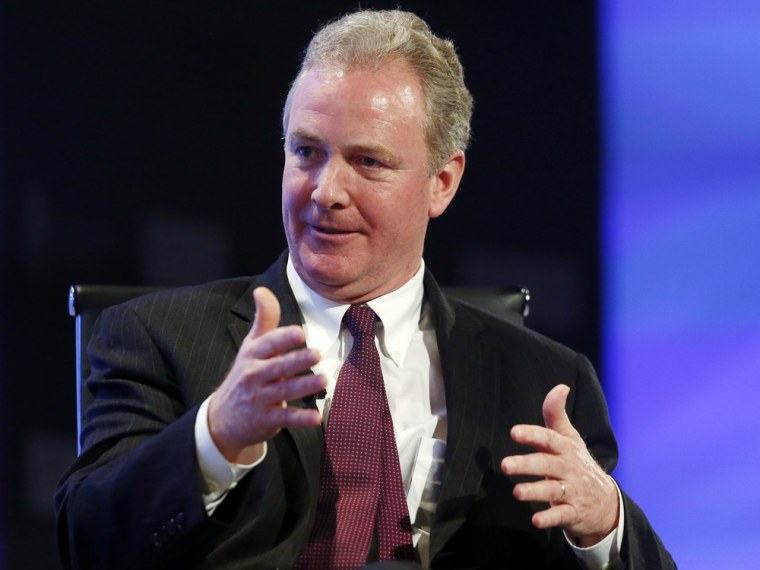If “tax reform” means curbing or scrapping tax breaks, then tax reform will result in higher-income Americans paying more to the Internal Revenue Service at tax filing time.
The Congressional Budget Office (CBO), in a report issued Wednesday on “tax expenditures” – the deductions, credits, exemptions and other preferences that benefit specific categories of taxpayers – found that more than half of the benefits of the top 10 tax breaks this year will go to households with incomes in the highest fifth of the population.
Households in the top 1 percent of income distribution garner 17 percent of the benefit of the top 10 tax breaks, the CBO found.

Only 8 percent of the benefit of tax expenditures will go to households in the bottom quintile of the income distribution.
Rep. Chris Van Hollen of Maryland, the top Democrat on the House Budget Committee, requested that the CBO do the report.
The chairmen of the tax-writing committees in both the Senate and House have said they are making a major push this year for tax reform – which would necessarily entail an exacting scrutiny of tax expenditures.
The 10 biggest tax expenditures cause a massive revenue loss for the Treasury: more than $900 billion in fiscal year 2013, according to the CBO estimate. To put that $900 billion in perspective: It’s more than what the federal government will spend in 2013 on defense or Medicare. The Bowles-Simpson commission report and other tax-reform efforts have made the same point: tax breaks help enlarge the budget deficit.
The single biggest tax break in the individual income tax code is the exclusion from workers’ taxable income of the money their employers contribute for their health care, health insurance premiums, and long-term care insurance premiums. These employer payments are a form of tax-free income for workers; the CBO estimates that they’re worth $260 billion in reduced tax liabilities this year.
The report clearly shows that some tax breaks are far more skewed to upper-income taxpayers than others. For example, while only 2 percent of the benefit of employer-sponsored health insurance tax break goes to the top 1 percent of taxpayers, nearly 40 percent of the tax benefit of the deduction for charitable gifts goes to that elite group.
But the skew of tax breaks to upper-income households is about to change in a significant way: the Affordable Care Act, or Obamacare, offers subsidies in the form of tax credits to help low- and moderate-income people buy health insurance through new health insurance exchanges, which begin operating next year.
The CBO and the staff of the Joint Committee on Taxation (JCT) estimate that the tax break for the Obamacare credits will amount to $41 billion in fiscal year 2015 and $93 billion by 2017.
The CBO report said those Obamacare tax credits will go “mainly to households in the bottom two-thirds of the income distribution.”
For Van Hollen, the lesson of the CBO report was the need to help address budget deficits with higher taxes on the highest-income earners. His approach, as he explained to reporters in a conference call Wednesday: “Limit the value of tax preferences for the highest-income individuals – and you don’t have to target any particular tax preference to do that. What you do is essentially place a limit on the overall value of these tax preferences for the highest-income earners. By way of example, the president has said we should limit the value of tax preferences for higher income individuals to 28 percent.”
Obama made that proposal in his very first budget blueprint back in 2009 and has repeated it in his current budget proposal for Fiscal Year 2014: “The budget would limit the tax rate at which high-income taxpayers can reduce their tax liability to a maximum of 28 percent, a limitation that would affect only the top three percent of families in 2014.”
But even in a Democratic-controlled Congress in 2009 and 2010 the idea did not advance. With the prospects in Congress for fundamental tax reform highly uncertain at this point, it’s unlikely the chances of Obama's proposal becoming law are better today than they were four years ago.